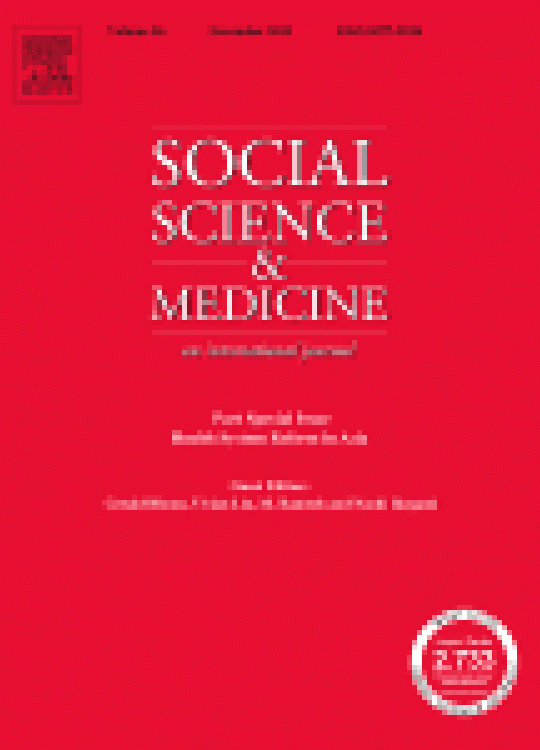
Breadcrumb
Social Protection For All Ages? Impacts of Ethiopia’s Productive Safety Net Programme on Child Nutrition
Highlights An Ethiopian public works program improves child nutrition in the medium term. We do not find significant differences in impact between children aged 5, 8, and 15. Impacts associated with improved household food security and fall in child labor. Height-for-age captures medium-term program impact better than consumption. Abstract
We investigate the impact of a large-scale social protection scheme, the Productive Safety Net Program (PSNP) in Ethiopia, on child nutritional outcomes. Children living in households that receive cash transfers should experience improved child nutrition. However, in the case of the PSNP, which for the majority of participants is a public works program, there are several potential threats to finding effects: first, without conditionality on child inputs, increased household income may not be translated into improved child nutrition. Second, the work requirement may impact on parental time, child time use and calories burned. Third, if there is a critical period for child human capital investment that closes before the age of 5 then children above this age may not see any improvement in medium-term nutritional outcomes, measured here as height-for-age.
Using a cohort study that collected data both pre-and post-program implementation in 2002, 2006 and 2009, we exploit several novel aspects of the survey design to find estimates that can deal with non-random program placement. We present both matching and difference-in-differences estimates for the index children, as well as sibling-differences.
Our estimates show an important positive medium-term nutritional impact of the program for children aged 5–15 that are comparable in size to Conditional Cash Transfer program impacts for much younger children. We show indicative evidence that the program impact on improved nutrition is associated with improved food security and reduced child working hours. Our robustness checks restrict the comparison group, by including only households who were shortlisted, but never received PSNP, and also exclude those who never received aid, thus identifying impact based on timing alone. We cannot rule out that the nutritional impact of the program is the same for younger and older children.
Reference
Catherine Porter and Radhika Goyal (2016) 'Social Protection For All Ages? Impacts of Ethiopia’s Productive Safety Net Programme on Child Nutrition', Social Science & Medicine 159: 92–99.

